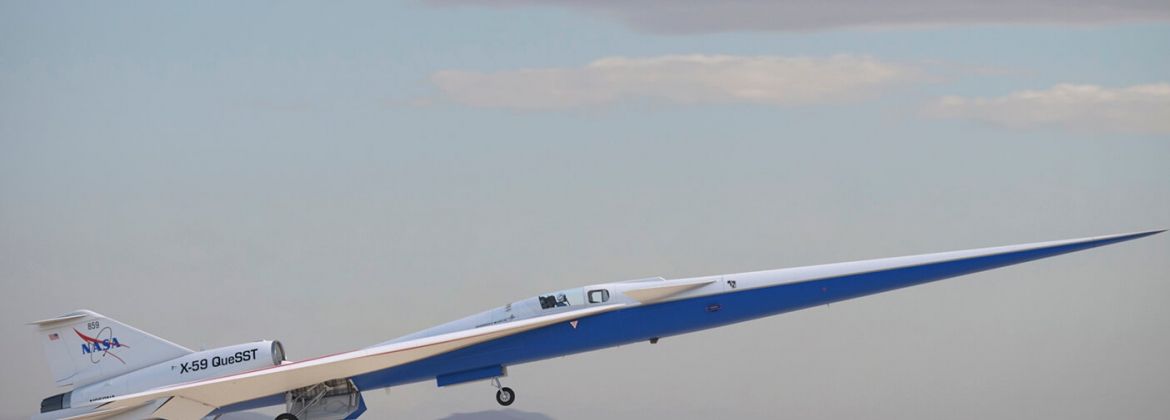
KANSAS – The Kansas Department of Transportation on Thursday signed an agreement with the Federal Aviation Administration to establish a Kansas Supersonic Transportation Corridor that would be used for testing aircraft up to Mach 3, which is three times the speed of sound, or about 2,300 miles per hour.
“The agreement would provide a critical testing site for the emerging group of supersonic aircraft as civil supersonic flight remains banned over land,” a report from Aviation International News said.
The corridor is designed as a bi-directional “racetrack” running from just southwest of Garden City to near Pittsburg. The path runs over Wichita.
“This year marks 73 years since Chuck Yeager broke the sound barrier, and with this supersonic flight corridor Kansas will have a unique role in the next generation of supersonic transportation,” said Sen. Jerry Moran (R-Kansas).
Aviation International News reports that the Kansas Department of Transportation is working with Wichita State University’s National Institute of Aviation Research “to collect noise data and live telemetry from the aircraft.”
“This partnership with KDOT provides a sophisticated and cost-effective flight test capability within reach of every major aircraft manufacturer in the country,” said John Tomblin, WSU senior v-p for industry and defense programs and executive director of NIAR.”
State leaders said the corridor is an opportunity for Kansas to stay at the forefront of aviation technologies.
“To be able to deliver this new opportunity for our country is yet another example of Kansas cementing its reputation as a national leader in the aviation industry,” said Kansas Governor Laura Kelly. “This high-altitude flight corridor gives Kansas a strategic advantage in attracting companies involved in the development of supersonic aircraft and will play a significant role in our state’s ability to encourage economic development as we recover from the Covid-19 pandemic.”

